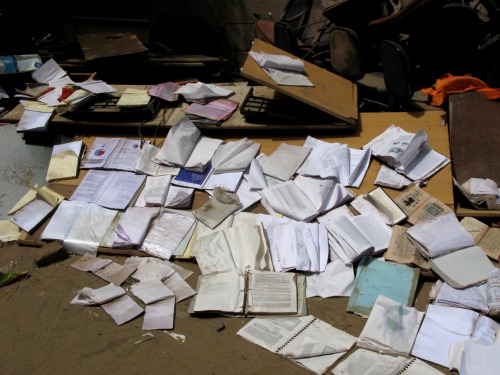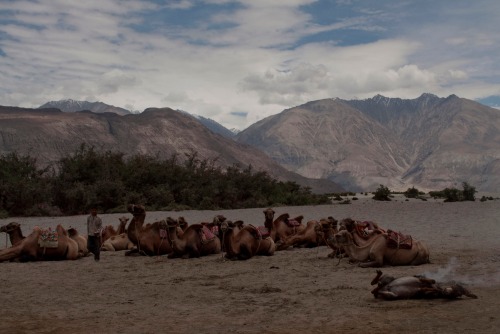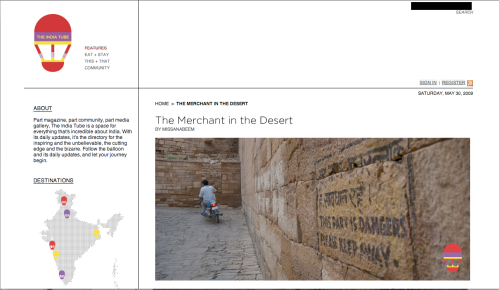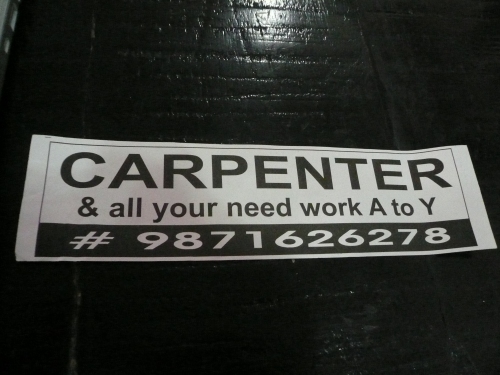I woke up twice last night, it was raining that heavily.
With a month delay, winning once again against global warming, the monsoon is back in town. Exotic, wonderful. And discomforting.
When I woke up this morning, late because of the dark sky outside, it was raining inside my bathroom too. The ceiling failed once again.
It happened last year as well, and although I paid for it to be fixed, six months ago, I wasn’t really expecting the ceiling were going to make it through the monsoon. It’s one of the first things I learned here: you must try to get things fixed – because you must – but you also must not expect that they will be – fixed.
A year ago the first sight of a ceiling shower in my bathroom caused me a mix of distress, anger, sense of impotence and a tiny bit of incredulous amusement.
Today I emptied the bathroom, locked the door, and almost seamlessly proceeded to my morning tea routine.
Roads in Delhi become rivers after fifteen minutes of regular rain. Monsoon showers are just too much for the city’s poor drainage system.
For days, after the rain you’ll see papers, chairs, tables, computers covered in mud and water emerging from flooded basements, carried in the sun by people who don’t really hope to save anything, but are simply following the rule: you must try to get things fixed, because you must, but you also must not expect that they will be – fixed.


Walking out of your home is out of question. Well, unless someone you know and trust talks you into a walk in the rain in shorts and slippers, but that is a whole different story (and one whose memory will have the power to disgust you for years to come).
Anyway today was no day for adventures, nor for auto-rickshaw rides. So I called the taxi stand to learn that “Today is very jam day, sorry”.
No taxis. Again, what would have made me angry and restless a few moths ago didn’t really hit me much. I hung out in my living room, enjoying the unusual fresh air that was coming in from the balcony.
When I finally – not too long later – got into a cab, it wasn’t for a smooth ride. Traffic was blocked. Broken cars would jam the roads.
Broken, yes. Cars, even expensive imported German cars, break here, when it rains. That is a mystery I will never be able to solve, and a reality I will never believe.
Slowly, I made it to the office. Past pools of mud and rain in which half naked children were -my goodness- playing. Past goats, and cows and calves (cows always seem to multiply, during the monsoon). Past the stray dogs. Past crowds of people seeking shelter under bus stops. And past all the street people that were, instead, just staying there, under the rain that no longer that heavy. Getting wet. With their polyester pants. And their polyester bright saaris.
My drive was like a slow-motion tour of the chaos. Dreadful but somewhat wonderful.
It made me remember something I was told about India, way before I moved here: “There’s so much life, there. So much. Most of times, there isn’t much more than that – a lot of life. And it’s beautiful”.
And it is – beautiful. In the only way I have ever experienced in which beautiful has nothing – nothing at all – to do with pretty.




